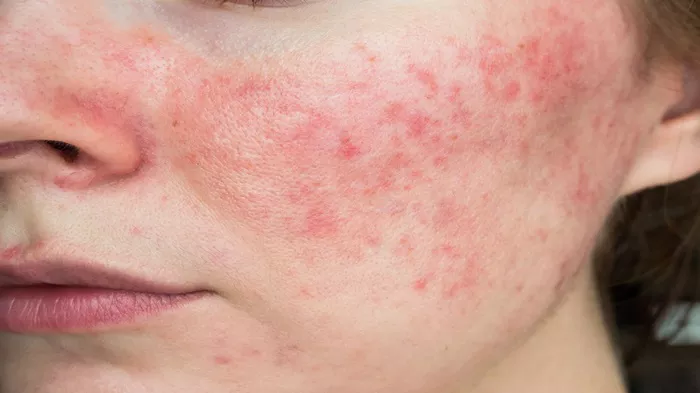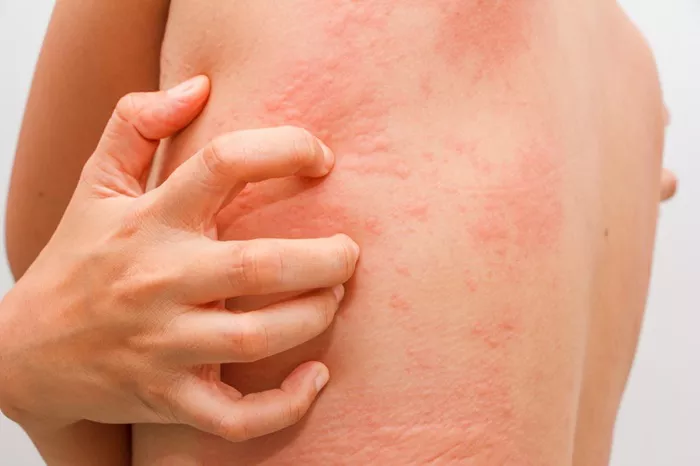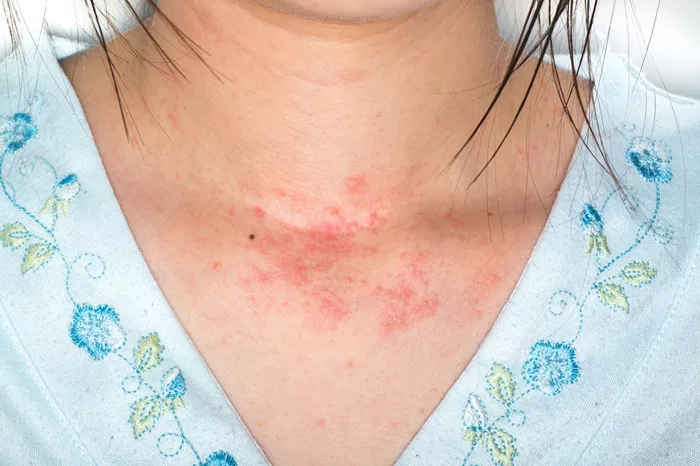Face creams are integral components of daily skincare routines worldwide, aimed at moisturizing, protecting, and enhancing skin health. However, they can also be sources of discomfort and allergic reactions for some individuals. Allergic reactions to face creams can range from mild irritation to severe conditions that might require medical attention. Understanding how to identify, treat, and prevent such reactions is essential for maintaining skin health and comfort.
Understanding Allergic Reactions to Skincare Products
What Constitutes an Allergic Reaction?
An allergic reaction on the skin, known as contact dermatitis, occurs when the immune system reacts to a substance it considers harmful, even though it might not be. This reaction can result in symptoms such as redness, itching, swelling, and blistering. There are two main types of contact dermatitis: irritant and allergic. Irritant contact dermatitis is caused by damage to the skin’s outer layer by a substance, while allergic contact dermatitis is a genuine allergic response involving the immune system.
Common Allergens in Face Creams
Face creams can contain a variety of chemicals and natural substances that can act as allergens. Some common allergens include fragrances, preservatives (such as parabens and formaldehyde releasers), lanolin, propylene glycol, and certain essential oils. Metals like nickel, which can be a contaminant in some cosmetic products, might also trigger allergic reactions.
Identifying Allergic Reactions
Symptoms to Watch For
The primary symptoms of an allergic reaction to face creams include:
1. Redness and rashes
2. Itching
3. Swelling in the face, eyes, and lips
4. Blisters and weeping of the skin
5. Dry, flaky, or scaly skin
Patch Testing for Allergies
If you suspect that a face cream or any other skincare product is causing an allergic reaction, dermatologists often recommend patch testing. This involves applying small amounts of various substances to the skin under adhesive patches. These patches remain on the skin for several days, and the treated area is then evaluated for allergic reactions.
Immediate Steps to Take Following an Allergic Reaction
Discontinue Use of the Product
The first and most important step if you suspect an allergic reaction is to stop using the suspected product immediately. Continuing to use it can worsen symptoms and prolong recovery.
Soothing the Skin
After discontinuing the product:
1. Wash the skin gently with mild soap and cool water to remove any traces of the cream.
2. Apply cool, wet compresses to the affected areas to reduce irritation and itchiness.
3. Over-the-counter hydrocortisone creams may be applied to reduce inflammation and itching, but it’s advisable to consult a healthcare provider before starting any new medication.
Medical Treatments
For severe reactions, medical intervention may be necessary. Treatments prescribed by healthcare professionals include:
1. Prescription-strength topical corticosteroids to reduce inflammation.
2. Oral corticosteroids for more severe inflammation.
3. Antihistamines to manage itching and swelling.
4. Antibiotics if there is an infection.
Long-Term Management and Prevention
Choosing the Right Skincare Products
To prevent future allergic reactions:
1. Opt for hypoallergenic and fragrance-free products, as these are less likely to contain common allergens.
2. Read labels carefully to avoid known allergens. Familiarize yourself with the scientific names of common allergens.
3. Perform a patch test with new products by applying a small amount on the inner forearm for several days to observe for any reaction before using it on the face.
Understanding Ingredients and Labels
Becoming knowledgeable about the ingredients in skincare products is crucial. Ingredients are listed in descending order of concentration, so those listed first are present in the highest amounts. Look for certifications and labels like “for sensitive skin,” “allergy-tested,” or “non-comedogenic” (does not block pores).
Maintaining a Skin Diary
Keeping a diary can help track the relationship between the use of specific skincare products and the onset of skin reactions. This can help identify potential allergens and prevent future reactions.
Consulting with Dermatologists
If you frequently experience allergic reactions, it’s advisable to consult a dermatologist. Dermatologists can provide detailed skin testing, recommend safe product alternatives, and offer treatment plans tailored to your skin’s needs.
Conclusion
Managing allergic reactions to face creams requires a combination of vigilance, knowledge, and appropriate care. By understanding the common allergens, recognizing the signs of an allergic reaction, and knowing the immediate steps to mitigate its effects, individuals can protect their skin’s health. Moreover, by choosing suitable products and being aware of ingredients, the risk of future allergic reactions can be significantly reduced. In cases of persistent or severe reactions, seeking guidance from a dermatologist is crucial to receive a tailored treatment plan. Through informed choices and proper care, it is possible to enjoy the benefits of skincare products without the discomfort of allergic reactions.
[inline_related_posts title=”You Might Be Interested In” title_align=”left” style=”list” number=”6″ align=”none” ids=”8287,8283,8161″ by=”categories” orderby=”rand” order=”DESC” hide_thumb=”no” thumb_right=”no” views=”no” date=”yes” grid_columns=”2″ post_type=”” tax=””]

































